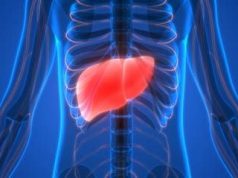By 2030, prevalence of current drinking set to increase to 50 percent
WEDNESDAY, May 8, 2019 (HealthDay News) — Global goals for reducing alcohol use are unlikely to be achieved, with the global adult per-capita consumption projected to continue increasing to 2030, according to a study published online May 7 in The Lancet.
Jakob Manthey, from the Institute of Clinical Psychology and Psychotherapy in Dresden, Germany, and colleagues provided estimates on the main indicators for alcohol exposure from 1990 to 2017 with forecasts up to 2030. Adult alcohol per-capita consumption was estimated as was the prevalence of lifetime abstinence, current drinking, and heavy episodic drinking.
The researchers found that global adult per-capita consumption increased from 5.9 to 6.5 L between 1990 and 2017 and is projected to reach 7.6 L by 2030. The prevalence of lifetime abstinence decreased from 46 to 43 percent from 1990 to 2017, although this reduction was not significant; during the same period, the prevalence of current drinking increased from 45 to 47 percent. Both trends were expected to continue, with abstinence decreasing to 40 percent by 2030, and the proportion of current drinkers set to increase to 50 percent by 2030. The percentage of heavy episodic drinkers increased from an estimated 18.5 percent in 1990 to 20 percent in 2017 and is set to increase to 23 percent in 2030.
“Implementation of effective alcohol policies is warranted, especially in rapidly developing countries with growing rates of alcohol use,” the authors write.
Copyright © 2019 HealthDay. All rights reserved.








